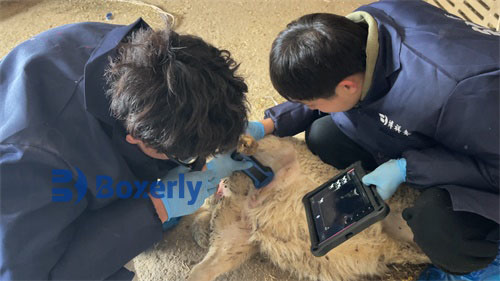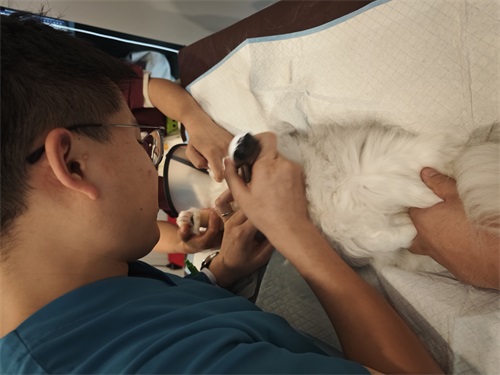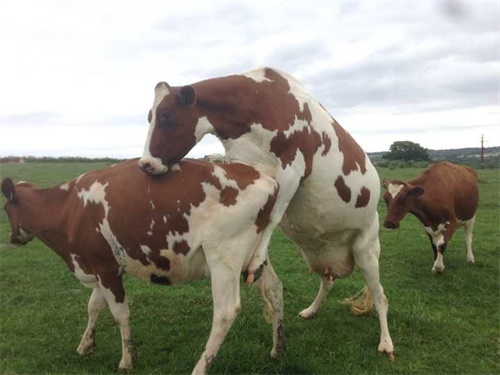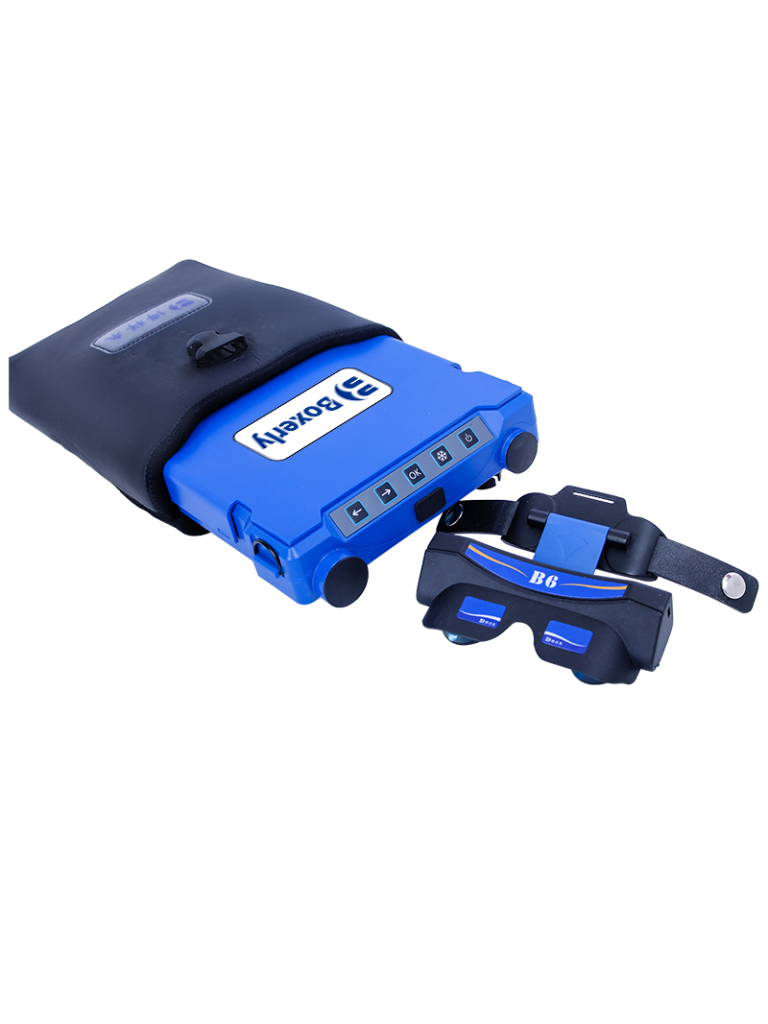Advances in Farms Using Portable Ultrasound for Early Reproductive Detection
Ever chatted with a fellow farmer over coffee about how technology is reshaping daily chores? One topic that’s sparking excitement these days is portable ultrasound for spotting pregnancy and reproductive status in livestock long before you could with traditional methods. It’s like having a mini-clinic tucked into a shoulder bag—no more lugging heavy equipment or guessing whether that cow’s due date is next week or next month. Let’s dive into how these handheld wonders are changing the game on farms around the world.

Why Early Reproductive Detection Matters
Catching pregnancy early isn’t just bragging rights at the feed store. It means better herd management, smarter feeding programs, and fewer surprises at birthing time. Imagine pinpointing non‑pregnant heifers at 28 days post‑breeding rather than waiting until palpation at 45 days—feed costs drop, stress on animals shrinks, and your calving or lambing schedule stays on track. Early detection also helps spot ovarian cysts or silent heats, so you can intervene faster when something’s off.
From Stall‑Side to Handheld: Evolution of Ultrasound on Farms
Back in the day, reproductive ultrasound meant cart‑based machines, trained technicians, and scheduling around clinic hours. That model still works, but it’s bulky—and often limits scans to once or twice a season. Enter portable ultrasound: light, battery‑powered units that slip into a backpack. You can wander through pens and pastures, scanning on the fly. Advances in probe design and image processing have made miniaturized devices nearly as sharp as their cart‑based cousins.
Key Features of Portable Ultrasound Devices
-
High‑resolution imaging Modern handheld scanners boast 7–10 MHz linear and convex probes, ideal for both superficial and deeper structures.
-
Durability Rugged casings rated IP56 or higher stand up to mud, dust, and the occasional drop.
-
Battery life Six to eight hours of continuous scanning means a full day’s work without recharge.
-
Wireless connectivity Some models stream images to tablets or smartphones, letting vets consult remotely in real time.
-
User‑friendly interface Intuitive touchscreens and preset reproductive‑mode settings help even part‑time operators get accurate readings.
Applications Across Different Species
-
Dairy and Beef Cattle
Breeders routinely scan for pregnancy at 28–35 days post‑service, assess corpus luteum health, and measure follicle development during synchronization protocols. Portable ultrasound also helps evaluate uterine health in postpartum cows, spotting endometritis early. -
Sheep and Goats
Miniature devices excel here, since animal size demands finer probes. Farmers detect multiple fetuses, estimate fetal age, and manage litter sizes more efficiently. -
Swine
The lean muscle trend has boosted interest in backfat and loin‑eye area scans. Reproductive scans at 25–30 days detect early embryonic loss, helping producers adjust boar exposure or feed strategies. -
Equine
Though larger animals often use cart‑based units, some studs adopt portable scanners for quick mare checks in the field. Turnaround on early pregnancy and twin detection improves stall management.

A Day in the Life: Portable Ultrasound on the Farm
Picture this: you stroll down the barn aisle with your BXL‑V50 tucked into its case. First stop, the heifer that didn’t show heat last cycle. A quick prep with coupling gel, and you slide the probe against her flank. On the bright 8‑inch screen, a 35‑day fetus appears, complete with flickering heartbeat. You tap a few presets, freeze the image, and note the viability score. Thirty minutes later, the group of bred cows is cleared for standard feeding rations, while the empties get a re‑breeding plan. No clinic appointment needed, no costly tractor time lost.
Benefits That Matter
-
Cost savings – Less reliance on outside technicians, fewer wasted inseminations, and optimized feed for pregnant versus open animals.
-
Animal welfare – Non‑invasive exams reduce stress compared to rectal palpation. Scanning more frequently helps catch uterine issues early.
-
Decision speed – Real‑time insights mean you act on fresh data, not on hunches or outdated records.
-
Data tracking – Many devices let you store and export images, building a reproductive history file for each animal.
Overcoming Challenges
No tool is perfect. Learning the knack for clear imaging takes practice—you’ll need to master probe angles, animal restraint, and gel consistency. Wireless models rely on stable connections, which can be spotty in remote barns. Battery life is finite; carrying spare packs is wise. Despite these hurdles, the payoff in control and clarity is well worth the initial learning curve.
Peering into the Future
As AI and machine learning join the mix, expect automated follicle counting, pattern recognition for uterine abnormalities, and even predictive fertility scoring. Imagine software that highlights anomalies on‑screen or flags a cow for revisit without you lifting a finger. Integration with barn management systems could align scan data with feed intake, milk yield, or behavioral sensors—transforming reproduction from art into data‑driven science.
Why Every Producer Should Give It a Try
Whether you’re running a small family farm or a large operation, portable ultrasound offers a flexible, investment‑worthy tool. Gear like the BXL‑V50 brings professional‑grade imaging into the palms of livestock managers—and the benefits compound over time through improved pregnancy rates, healthier animals, and smarter resource use. Give it a go, and you might wonder how you ever did without it.
References and URLs
-
Adams, G. P. “Ultrasonography for Early Detection of Pregnancy in Cattle.” Journal of Dairy Science, vol. 92, no. 2, 2009, pp. 1–7. https://www.journalofdairyscience.org/article/S0022-0302(08)73044-2/fulltext
-
Barth, A. D. “Ultrasonography in Reproductive Management of Cattle.” Veterinary Clinics of North America: Food Animal Practice, vol. 33, no. 3, 2017, pp. 1–24. https://www.sciencedirect.com/science/article/pii/S0749072017300525
-
Food and Agriculture Organization of the United Nations. “Ultrasound Imaging in Animal Production.” FAO Animal Production and Health Paper 184, 2019. http://www.fao.org/3/ca7124en/CA7124EN.pdf
-
BXL Vet. “BXL‑V50 Multiuse Portable Veterinary Ultrasound Scanner.” 2024. https://www.bxl-vet.com/bxl-v50-ultrasound-scanner





